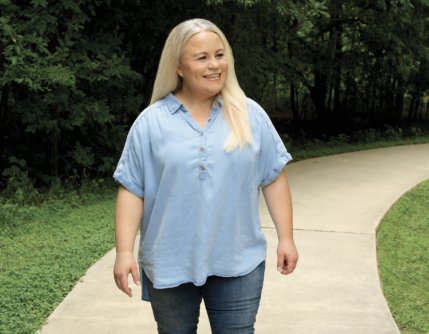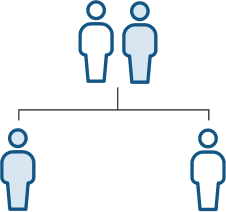The sooner you treat XLH, the sooner you can start managing your symptoms

For adults with XLH, early diagnosis and treatment is important to help manage symptoms.

XLH is a rare, lifelong, genetic disease that can get worse over time when left untreated.

XLH affects up to 1 in 20,000 people and can impact the bones and muscles of both children and adults.

People with XLH don’t have enough phosphorus in their bodies. Phosphorus is a mineral that is important to the health of bones and muscles. When phosphorus levels are too low, it can cause osteomalacia, a condition often described as the weakening of mature bone.

Did you know? XLH often runs in the family
XLH is a hereditary condition. People can inherit XLH from either their father or mother. If one member of the family has XLH, there is a good chance that other members may have it, too.

In adults, XLH may cause:



Managing XLH in adults
Be sure to talk to your doctor about treatment goals and options.
Treatment goals for adults with XLH include:



Learn about the possibilities of treating XLH with CRYSVITA

Stay informed
Learn more about CRYSVITA, connect with a support community, and receive invites to important educational events.


